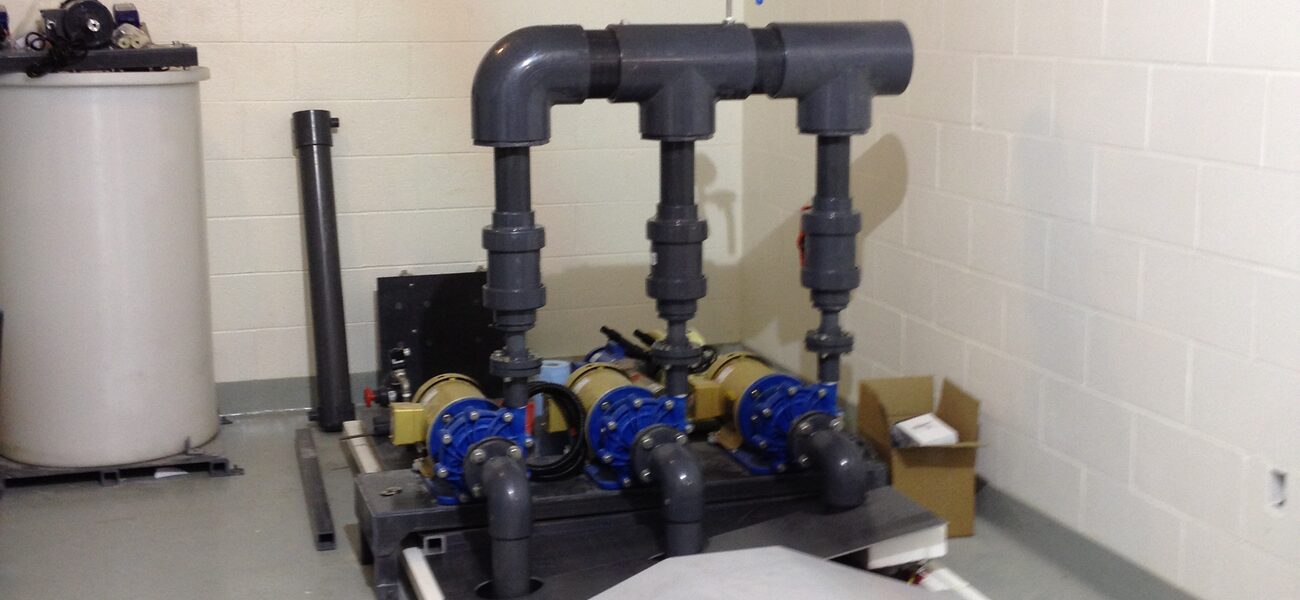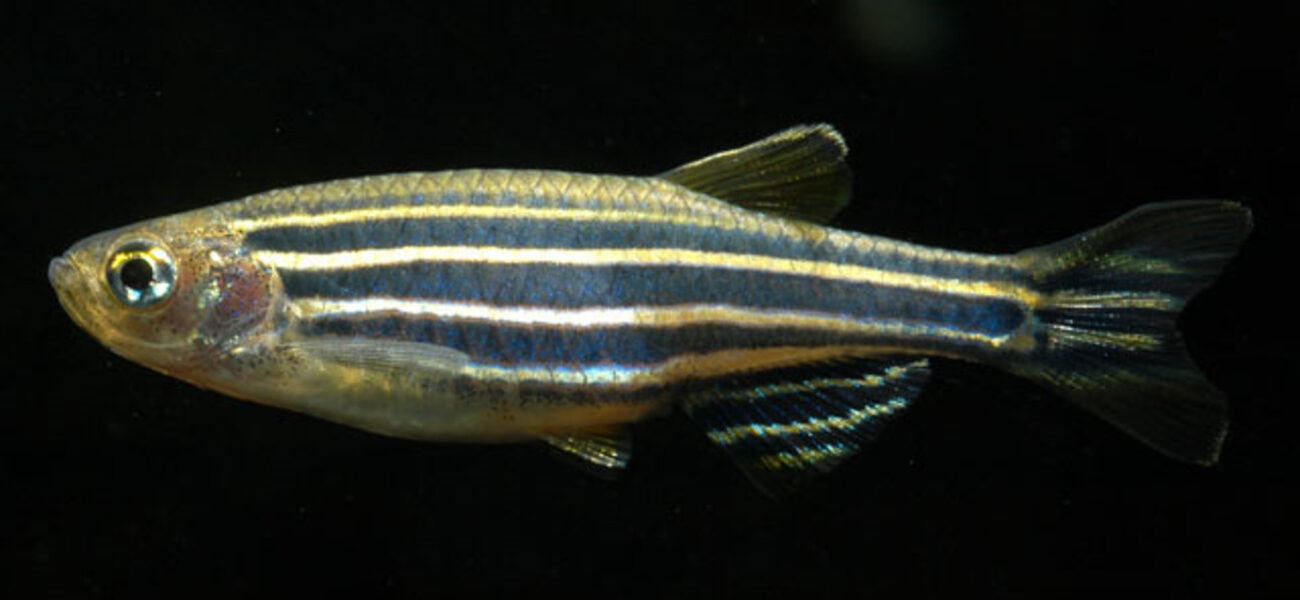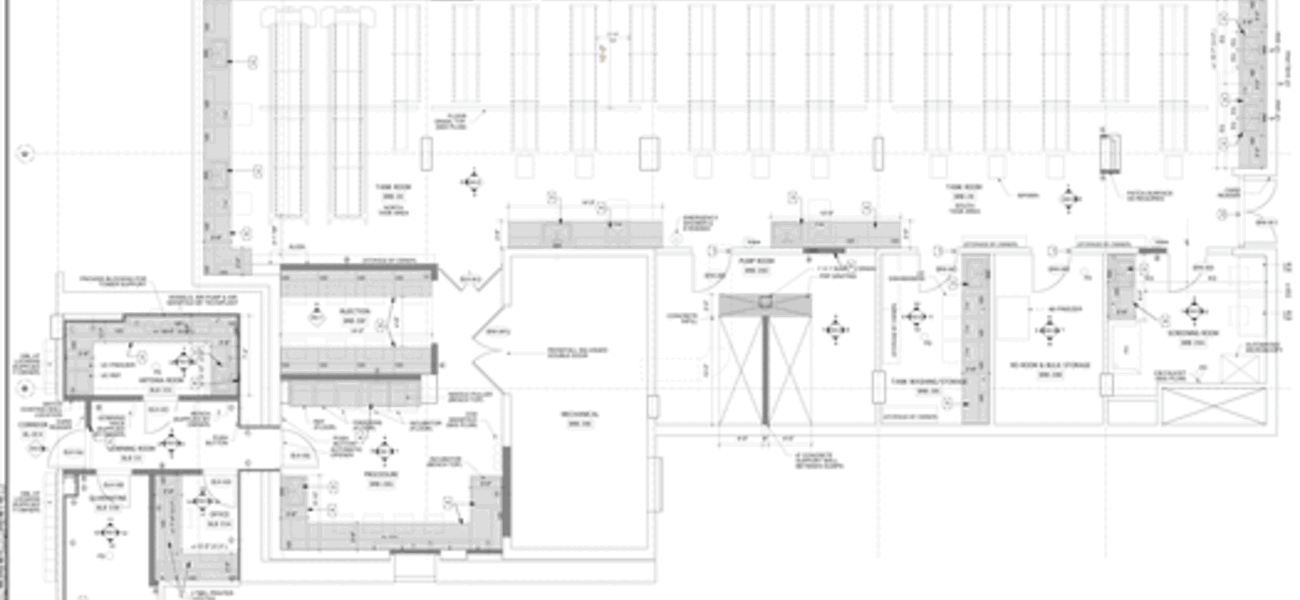Brigham and Women's Hospital (BWH) has renovated 4,000 sf of research space to consolidate its aquaculture facilities in the Eugene Braunwald Research Center, where the environmental temperature, humidity, and lighting are regulated to sustain a successful zebrafish colony. Fixed equipment includes 96 racks capable of sustaining up to 6,600 tanks; two dedicated reverse osmosis water supply systems; and new pump and filtration systems on multiple independent circuits, with separate large-scale breeding chambers and an isolated quarantine area. In addition, the facility has designated areas for food preparation, establishing mating pairs, and tank washing.
Adjacent space is used for zebrafish core activities, including microinjection, sperm freezing, and in vitro fertilization. On-site laboratories house screening facilities, as well as a laboratory for a hospital-wide zebrafish experimental core where investigators without prior experience can begin exploratory work with the participation of core technical staff.
In the last decade the zebrafish (Danio rerio) has emerged as a major model organism, initially used for the study of developmental biology, but increasingly as a platform for disease modeling, vertebrate genetic and chemical screens, and as a cost effective in vivo complement to high-throughput functional genomics technologies. Over the last few years, the organism has been adopted by multiple investigators within the research community at Brigham and Women’s Hospital exploring a broad range of scientific areas including angiogenesis, acute renal failure, anemia, hepatic regeneration, and stem cell differentiation. To date BWH zebrafish investigators have used a combination of small satellite aquaculture facilities spread throughout the institution, as well as leased aquaculture capacity. As the number of externally funded zebrafish investigators reached a critical mass, and the available aquaculture capacity started limiting several basic and translational scientific projects, BWH made the decision to consolidate all current aquaculture within the institution in this dedicated core facility.
| Organization | Project Role |
|---|---|
|
Imai Keller Moore
|
Architect
|
|
Suffolk Construction Company
|
Builder
|
|
AKF Engineers
|
Consultant - Electrical
|
|
BR+A Consulting Engineers
|
Consultant - Fire Protection
|
|
BR+A Consulting Engineers
|
Consultant - HVAC Engineer
|
|
BR+A Consulting Engineers
|
Consultant - Plumbing
|
|
Tecniplast USA
|
Supplier - Aquatics System
|



